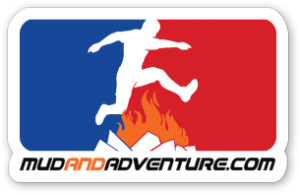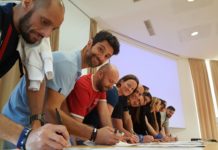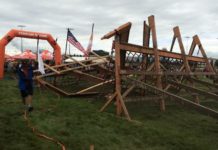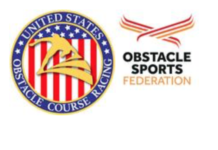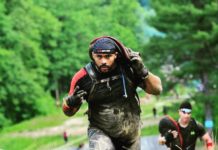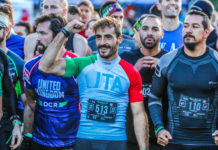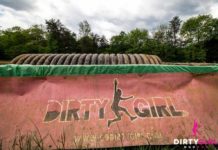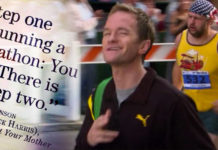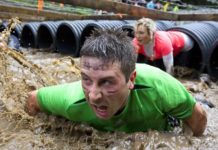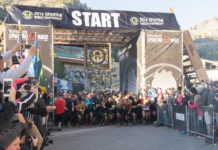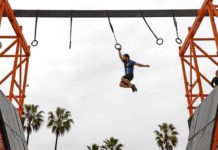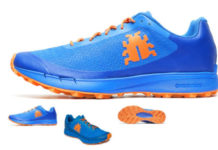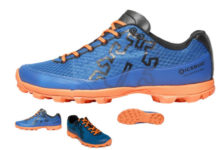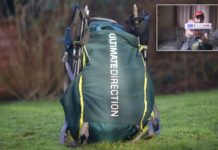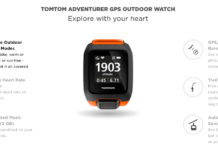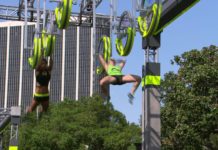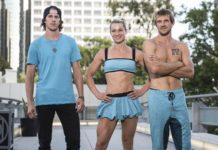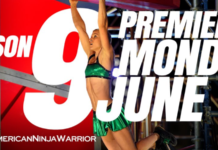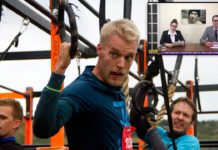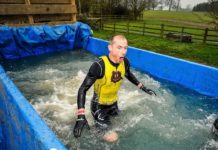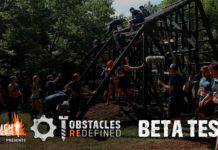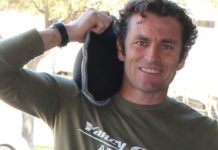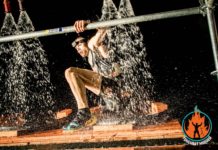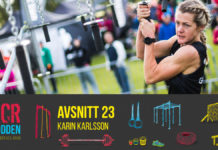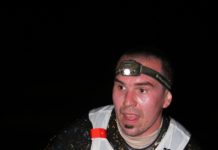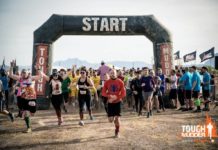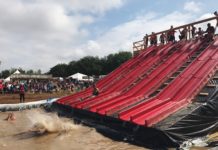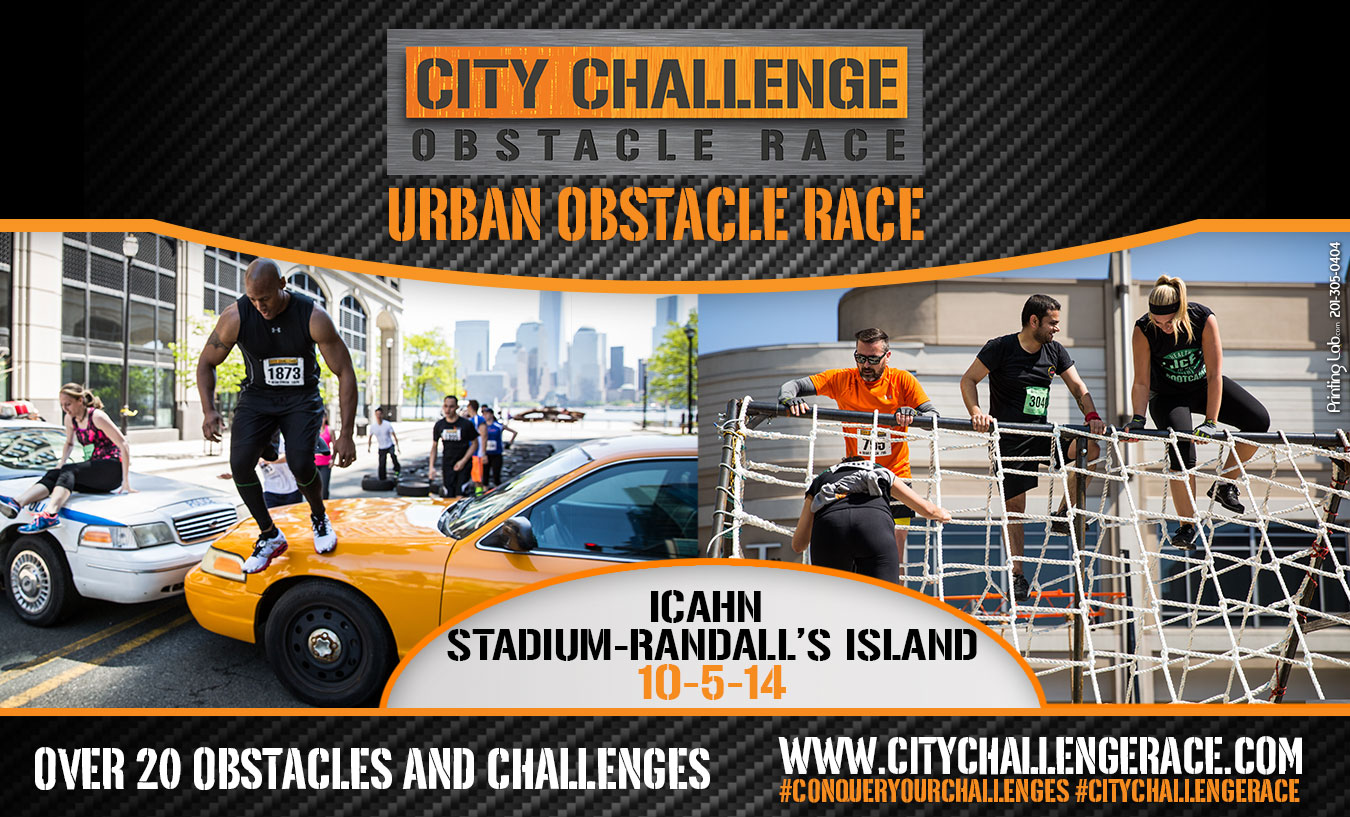By most standards, OCR athletes are a different breed. Like many of you, I’ve been called crazy, insane, masochistic, and a plethora of other terms from those who look at what we do to ourselves during an OCR race and simply ask “Why would you pay to do that to yourself?!”
However, this is my same feeling I get towards those who run road races, especially those who run them consistently, of any distance. Quite simply, I don’t enjoy road racing, just a matter of personal preference. In order to get to my goal of completing 100 races in a year, as much as I would have liked for them all to be OCR-related, I had to add traditional road races. Let me tell you, never have I felt more out of place than in a road race, especially for the fact that up until this past June, I had run 2 road races in my life, and I wasn’t exactly competitive or trained for them.
So let me make the obvious statement: Obstacle races and road races are very different. Shocking statement I know, but here’s what I’ve noticed regarding some of the most obvious differences, especially in regards what I find so fascinatingly odd in a road race that you just don’t see in an OCR. (These are all quite general and by no means meant to offensive to any road racers, just simply observations from an OCR athlete running occasionally in a road racers world).
 1) Vocabulary – Primary case in point, a “hill” in OCR versus a “hill” in road racing. As I lined up for one of my first road races about a month ago, I overheard some men talking about the “killer hill” and how it destroys all rookies on the course who don’t understand just how large it is. In my OCR mind (which dreads hills) I envisioned the double-black diamond ski slopes or worse that I’ve grown accustomed to seeing in an obstacle race, and began to plan my course of attack not to be one of the destroyed rookies. However, when I got to this “killer hill” it was an incline of roughly 30-40 feet that inclined gradually over about an eighth of a mile – not exactly what I envisioned. And they were right, it did destroy some other racers, but I survived and realized that a “hill” in OCR terms is very different than a “hill” to a road racer. This is just one example and I’ve found that it is on these road “hills” where I can make up time on many road races as they don’t affect me in the same way because of OCR hills.
1) Vocabulary – Primary case in point, a “hill” in OCR versus a “hill” in road racing. As I lined up for one of my first road races about a month ago, I overheard some men talking about the “killer hill” and how it destroys all rookies on the course who don’t understand just how large it is. In my OCR mind (which dreads hills) I envisioned the double-black diamond ski slopes or worse that I’ve grown accustomed to seeing in an obstacle race, and began to plan my course of attack not to be one of the destroyed rookies. However, when I got to this “killer hill” it was an incline of roughly 30-40 feet that inclined gradually over about an eighth of a mile – not exactly what I envisioned. And they were right, it did destroy some other racers, but I survived and realized that a “hill” in OCR terms is very different than a “hill” to a road racer. This is just one example and I’ve found that it is on these road “hills” where I can make up time on many road races as they don’t affect me in the same way because of OCR hills.
2) Pacing – When people ask me my pace per mile, I can’t tell them. Because of the nuances of each obstacle course, the terrain, potential back-ups at obstacles, and the time spent on obstacles themselves, I’ve never worried about my pace per mile (and maybe the Elite OCR athletes do, but they are on a whole different level). However, I’ve noticed that a seasoned road racer, even an amateur racer most often, can tell you immediately their typical pace per mile, their ideal pace per mile, and how that differs by the distance of the race, and what pace they are shooting for in that particular race.
3) Mile checkpoints – This ties in slightly to number 2, but it’s actually pretty interesting to watch in a road race. As soon as you reach a mile marker you’ll notice, almost without fail, most all of the runners look down at whatever timing device they have on them to check their pace per mile – Wrist comes up, head goes down, other hand presses buttons. In fact, one gentleman I was running next to for part of a course continuously was told through his headphones how much time he was either on or off the pace he had set. (I actually increased my pace quickly because I could hear it even though he was wearing headphones and it got annoying, fast).
4) Technology – In an OCR you know you’re going to get muddy, wet, and potentially lose articles of clothing or any other item you  have on your body while traversing the terrain and obstacles. Anything on you has the potential to never be usable again. As I’ve lined up for more road races I’ll see racers with headphones, iPhones, watches, and other technology because they have no fear of losing it. I’m sure I look strange to them, lined up next to them with as little on me as possible.
have on your body while traversing the terrain and obstacles. Anything on you has the potential to never be usable again. As I’ve lined up for more road races I’ll see racers with headphones, iPhones, watches, and other technology because they have no fear of losing it. I’m sure I look strange to them, lined up next to them with as little on me as possible.
5) Post-race discussions of distance accuracy – Most every OCR race tells you approximate distance of the race (or as I’ve learned in Spartan Race, what they’ve said for distance means nothing, and if they’ve told you a distance expect more). For a road race, they are specific, but occasionally you wouldn’t know that by the post-race discussions of athletes who wear GPS units or use an iPhone App to track the distance. It’s interesting to hear the conversations between athletes who debate whether the race was truly a 10K (or whatever distance), what their device registered and how it differed from the distance that the athlete they are talking with measured. My question is: Does it really matter?
As I stated before, none of this is meant to be a shot at road racers, just an observation of some of the differences I’ve noticed between OCR racers and road racers as I entered their world. I’m sure none of it was shocking, and there are probably plenty of athletes out there who do both consistently, and enjoy both; I just don’t happen to be one of them – give me an OCR over a road race any day. Obviously, this is not a comprehensive list either, so I’d be interested to hear any differences others have noticed between road and obstacle racing, other than the obvious “an obstacle race has obstacles and a road race doesn’t”.
